25% Off - use code: HOLIDAYS
Dr. William Li's Eat To Beat Disease Course - 10 Foods to Bolster Your 5 Health Defenses - Part 2 of 4
This is part 2 of a 4 podcast series on Dr. William Li’s New York Times bestseller, Eat To Beat Disease: The New Science of How Your Body Can Heal Itself and his online course of the same name. This springboards from our interview with Dr. Li, which was episode #3. In that interview, we learned that Dr. Li hosts free masterclasses on the topics covered in his book. In this work, Dr. Li invites us to fall in love with food again – and choose the right foods to support a long, happy, and healthy life.
If you are new to this series and this podcast – and if you haven’t heard Dr. Li’s guest appearance on Nutrition Without Compromise, I encourage you to go back to episode 3, give that show a listen, and come right back here to this series. For your convenience the episodes are listed in our show notes for this episode – so if you’re listening to this show on your favorite podcast platform, you can go to the show notes, click the first link, and get started.
Outline of this week's coverage
- 00:00 Introduction
- 02:42 About this course, including a summary of the 5 health defenses
- 03:38 Week 2 - How Dr. Li eats
- 05:20 Examples of "Food Dosing"
- 07:43 What to eat - 10 distinct foods to make sure you get plenty of to support your body's 5 natural defenses
- 14:45 What not to eat - 3 food types to avoid at all costs.
- 15:50 Shopping for healthy food, methods and foods to choose
- 21:23 Are you ready to get cooking?
- 22:00 What weakens our health defenses? 12 things to avoid / minimize
Other Episodes In This Series:
- Interview with Dr. William Li: https://orlonutrition.com/blogs/podcast/eat-to-beat-disease-how-your-body-can-heal-itself-with-the-right-nutrition-with-dr-william-w-li-physician-and-nyt-bestselling-author
- Part 1 of 4: https://orlonutrition.com/blogs/podcast/dr-william-lis-eat-to-beat-disease-course-5-health-defenses-and-5-surprises-part-1-of-4
- Part 2 of 4 (this episode): https://orlonutrition.com/blogs/podcast/dr-william-lis-eat-to-beat-disease-course-10-foods-to-bolster-your-5-health-defenses-part-2-of-4
- Part 3 of 4 (coming soon)
- Part 4 of 4 (coming soon)
About Dr. William Li:
William W. Li, MD, is an internationally renowned physician, scientist, and author of the New York Times bestseller “Eat to Beat Disease: The New Science of How Your Body Can Heal Itself.” His groundbreaking work has led to the development of more than 30 new medical treatments and impacts care for more than 70 diseases including cancer, diabetes, blindness, heart disease, and obesity. His TED Talk, “Can We Eat to Starve Cancer?” has garnered more than 11 million views. Dr. Li has appeared on Good Morning America, CNN, CNBC, and the Dr. Oz Show, and he has been featured in USA Today, Time Magazine, The Atlantic, and O Magazine. He is president and medical director of the Angiogenesis Foundation and is leading research into COVID-19.
Sign up for his masterclass: https://drwilliamli.com/masterclass/
Sign up for the paid course: http://eat-to-beat-disease.
---
Dr. William Li's Eat To Beat Disease Course - 10 Foods to Bolster Your 5 Health Defenses (and 3 to Avoid)
Part 2 of 4

About this course:
Throughout this course, Dr. Li covers the five groundbreaking health defense systems of the body that he identified in Eat To Beat Disease. To refresh your memory, they are:
- Angiogenesis or healthy creation of blood vessels
- Stem cells which allow our systems to regenerate
- The microbiome which helps us digest our food and assimilate nutrients
- DNA protection which ensures mutations don’t take hold
- The immune system which ensures that infections don’t rage out of control
He talks about the foods that activate your health defense systems, sharing research from studies -- on human populations – and every week he supplies insights and provides ideas for how you can incorporate life supporting foods into your diet as he invites you to fall in love with food.
So… Let’s get into week 2!
This week kicks off with a 25 minute video in which Dr. Li shares how he eats. He considers food an exploration of things he enjoys and which will stimulate his 5 defense systems. We learn about the bounty of foods and beverages that he enjoys including the tea he drinks all day long, and coffee that he drinks black. He focuses on mostly eating plants, but admits that he eats a little bit of everything. The one thing he avoids at all costs is processed meats like hotdogs, pepperoni, and other… let’s just call them meat-like substances, similar to the food-like substances we talked about last week.
When dining out, he counsels us to eat foods we easily recognize, with a wide variety of nutritious elements that feed the body’s 5 defenses. He notes that salads that include bitter, leafy greens like arugula or kale, all sorts of mushrooms, and a simple stir fry or Mediterranean meal with lean protein and loads of veggies are all great choices when dining out.
He also notes that breakfast is not the most important meal of the day, and that skipping that meal can be OK. But he points out an interesting fact that may have colored our opinion up to this moment. Did you know that it was breakfast cereal companies funded the research that told us breakfast was most important meal of the day? Perhaps they were motivated to produce certain results.
Food Dosing
How much should you eat, over what period? In his book, Eat To Beat Disease, Chapter 15 covers food dosing. Dr. Li distills the research he has read into this work. He shares optimal food doses – and he shares a similar chart with those taking the course in our workbook.
He again echoes that he consumes 4-6 cups of tea a day, and often drinks it all day long. A question you often hear is – whether that should be in addition to water – because tea can be a mild diarrhetic. He doesn’t worry so much about that, because it is such a mild effect.
Here are some simple dosing recommendations as it relates to food:
- 2 cups of coffee a day lowers the risk of heart disease
- a cup and a half of strawberries helps people who have lupus
- 2 servings of nuts at 10 – 15 nuts per serving depending on the nut, is incredibly healthy
It’s when we consume a wide variety of foods that we truly support our body’s natural health-promoting mechanisms, activating our 5 health defenses. But still, too much of a good thing can actually be a bad thing too… It’s just really hard to get to that point with certain foods, like green tea.
The term for this is hormesis. This is the point of diminishing returns and even lessening positive effect when you eat too much of a good thing.
What to eat and what not to eat.

What to eat:
Diversity in what you eat is really important. If you slip or enjoy an occasional hotdog or soda, your 5 health defenses can protect you. Try adding these 10 foods to your diet in abundance.
- Leafy greens:
- Broccoli, including stems. You can even go to sprouts. sulforophanes are incredibly supportive of your long-term health.
- Arugula – bitter greens
- Kale – Tuscan Kale or Dinosaur Kale which has a pebbly texture and looks a little scaley.
- Swiss Chard – cruciferous vegetable, contains sulforophanes
- Mushrooms – a treasure from the forest. They include beta glucans and support your immune system. And did you know that they contain vitamin D3? You can even improve their vitamin D3 levels by setting them out in the sun for a half hour before eating them.
- Tomatoes – They originated in South America. They were originally gold in color, which is why their name is pomo d’oro (apple of gold). Tomatoes contain lectin AND they are good for you. They are not bad for you because they contain them. There are hundreds of lectins, and the lectins tomatoes contain are not harmful in your body. Some people say that they are related to nightshades and are therefore harmful. While the leaves of tomatoes are similar in look to nightshades, they are not related to them. They are beneficial to your health, contain vitamin C and lycopene. People who consume them have a lower risk of certain cancers as a result.
- Tree nuts – They are great sources of dietary fiber which our gut microbiome loves. They also contain long-chain polyunsaturated fatty acids (LC-PUFAs) and short-chain fatty acids (SCAFAs) which are beneficial to our health. People who consume tree nuts 2 times a week have had a 57% lower incidence of fatality when in chemotherapy treatment. He notes you can even crush them and sprinkle them on foods you enjoy.
- Tea – the second most popular beverage in the world. This single shrub produces white tea in the spring, green tea in the rest of the season, and black tea as it oxidizes or ferments. It contains polyphenols, EGCG and caffeine. White tea has less caffeine than green or black teas – but they all come from the same shrub, Camelia sinensis. You can make your own hot tea and chill it, or even make sun tea to later serve chilled in summer months. Matcha tea is a super potent green tea. Black teas also support the immune system. Like coffee, he advises not to put dairy or sugar in tea. Dairy binds to the catechins and changes their chemical structure.
- Coffee – The darker the roast the lower the chlorogenic acid, which is a highly beneficial component of coffee. Adding dairy to coffee reduces its positive effects because it binds to it. Darker roasts also have lower acidity of the coffee. He advises against decaffeinated coffee because solvents are often used to decaffeinate coffee. The processing would also lower the beneficial compounds in the coffee. 2-3 cups per day is health promoting and recommended.
- Chocolate – The darker the better. While it is a confection, the cacao is packed with polyphenols, flavanols and proanthocyanadin – a powerful polyphenol that promotes your health. Focus on getting 80% or higher potency when you pick your favorite, but you can even make a hot cocoa and receive some benefit. It’s good for your heart, supports your blood flow and healthy blood vessels, and research has even shown it can be anti-cancer.
- Berries – strawberries, blueberries, raspberries, and blackberries are all readily available in the summer months and have been proven to support health on numerous levels. Organic is best when it comes to these fruits because the fruit will produce more ellagic acid to fend off pests. You can bake with berries, eat them raw, freeze them and add them to smoothies for a daily treat.
- Pomegranate – High in ellagitannins which cause us to secrete mucous in our gut, providing an ideal growing condition for certain species of healthy gut bacteria like Akkermansia mucinophila which has been shown to be powerfully anti-cancer.
- Kiwi – a fruit of New Zealand, when consumed daily promotes healthy gut bacteria and protects your DNA from being damaged. As little as one kiwi a day does this important work. You can consume the golden or green varieties – both are great.
What not to eat:
- Sodas – too much sugar or artificial sweetener. Sweeteners damage your gut microbiome. Find a healthier alternative to sodas. Period.
- Processed meats – hotdogs, salami, pepperoni. The World Health Organization says these are carcinogenic – or cancer-causing. Avoid processed meats.
- Overly processed foods – this includes things like trans fats, foods laden with chemicals, and fried foods.
That’s it. The list is not long, which should inspire you to choose more of the healthy, and cut out more of the unhealthy.
How do you shop for healthy food?

One thing I have always recommended is to shop local, and shop at farmers markets if you have one in your area. This enables you to reduce your carbon imprint, promote local economies, and ensure you are eating a variety of foods that are in-season. You can take a picture of the healthy foods listed in your course guide or in the book Eat To Beat Disease. By keeping this list on your phone, you can easily reference the list as you shop. I like to shop farmer’s markets once or twice a week to buy my produce, then head to the grocery store for items I need that I wasn’t able to find locally.
If you head to the grocery store, start with produce, then move on to other areas of the market. Buy what you plan to consume over the course of one week or less. That way you keep your food stock fresh and don’t overload your refrigerator. Shopping this way will reduce your food waste too.
Fish & Seafood: If you consume meat, fish and other seafood provide a healthy protein source. Fresh fish should not smell fishy. Wild sources are usually best, especially when it comes to salmon. Consider shellfish like mussels or clams, and if you buy fish, select fish that includes the skin and cook it whole. This ensures the omega-3 in the fish skin gets into the flesh as it cooks. Be aware that larger fish have higher levels of contaminants so you will want to limit exposure to them. If you are a frequent fish-eater, you may want to have your heavy metal levels checked, particularly for the heavy metal, mercury.
Dr. Li loves razor clams, oysters, and softshell crabs. Consuming 3 ounces of seafood 2-3 times a week is supportive of health overall. The less you do to a fish, the better it is. Simple cooking with lemon, garlic, basil, or your favorite herbs is best. Don’t fry your seafood. You negate some of its goodness in so doing.
My favorite fish to cook are whole wild salmon and whole wild trout. I simply coat them lightly in olive oil, sprinkle with pink Himalayan salt or sea salt, crack pepper over them, put lemon wedges inside their bodies with a few fresh basil leaves and call it a day. I cook them in the oven at 350 degrees until their eyes turn white, check the flesh for finish and let it rest before serving. Personally, I rarely eat fish these days – but when I do, I want to make sure I do it right. I agree with Dr. Li here. Less is more. Preserve as much of the fish as possible and enjoy every morsel.
Breads: Breads like sourdough and pumpernickel contain lactobacillus which supports gut health, even though it has been cooked. You will receive benefits from eating these breads in moderation.
Dairy: While some are dairy sensitive, and while Dr. Li has advised against adding milk to your coffee or tea, dairy isn’t necessarily a bad food to consume. If you aren’t intolerant, it contains protein, fat, and other nutrients. Yogurt is a fermented dairy product that has a lot of healthy gut bacteria supports your overall health. Try to keep to the versions that are not sweetened. Get it plain, add fruit, cacao nibs, and even dried fruit. Adding a little honey is also a great way to sweeten it up and make it a delectable treat.
Cheese: Vitamin K2 is present in cheeses like gouda, Swiss cheese (Emmentaler) and brie. It’s anti-angiogenic, reducing the risk of several cancers.
Did you know that vitamin K2 It is a critical fat-soluble vitamin that helps your body use calcium where it’s needed in your bones and teeth, keeping it from your soft tissues. If you consume extra vitamin D3, it’s a good idea to also ensure you’re getting plenty of vitamin K2.
Back to Dr. Li.
You may have heard that you need to avoid the center aisles of the grocery store. Heck, I know I’m guilty of advising the same. To his point, you don’t need to avoid the middle aisles – just be sure to go for the good stuff. Olive Oil, Tinned fish / sardines / anchovies / dried spices. Use your shopping list from Eat To Beat Disease. What you will want to avoid is buying foods with artificial ingredients, chemicals you can barely pronounce and artificial sweeteners. They are bad for your gut health and bad for you.

When you get all your groceries home, don’t forget to wash your fruits and veggies to remove harmful bacteria and pesticides. You can wash them with running water for 60 seconds, or you can even use a produce wash. Some people simply add a bit of vinegar to create a food soak that they then rinse off with clean water, drying their produce on a towel. Washing to remove debris, soil, and harmful bacteria is a good idea.
So… Are you ready to get cooking?
If you listened to last week’s episode, you’ll remember this. Dr. Li reminds us that microwaving is not great, especially for starches and carbohydrates, as they turn into polymers when microwaved. That’s right. Plastic. He advises us not to over-boil our veggies unless making a soup as most of their nutrients will end up in the water that’s then thrown away. Steam your veggies or boil them briefly for around 60 seconds, removing them when they are bright green or vibrant in color.
What weakens our health defenses?
Remember, our 5 health defenses are angiogenesis which is our ability to build blood vessels, stem cells which help our bodies repair and regenerate, the microbiome which helps us digest our food, DNA protection which keeps our genetic code from mutating and our immune systems which ensure we can fend off bad bacteria and viruses. When they are weak, we become sick. So, what factors in our lives harm our health defenses?
- Smoking, tobacco, e-cigarettes, woodsmoke, second-hand smoke or even third-hand smoke (smoke residues on surfaces). Cats of smokers get cancer of the mouth from licking their fur.
- Exposure to fumes including off-gassing from new cars, new carpet, or even new furniture. They cause DNA damage.
- Excessive sunlight exposure even through windows whether on a plane or in your car.
- Work-related exposure to toxins. Examples include working with paint, art supplies, nail salons, woodworking, etc.
- Inactivity is bad for your gut microbiome and it’s terrible for your stem cells.
- Sleep deprivation or lack of restful sleep damages all of your health defenses. If you have sleep apnea, lack of restful sleep can cause a cascade of health issues. This can be diagnosed by your doctor.
- Obesity can also take down our health defenses. The presence of excessive fat can lead to greater inflammation, depressed immune systems, and conditions like sleep apnea which erodes health.
- Cooking on the grill or the stove can result in oxidized fats and smoke. Don’t lean over the stove or grill. Step back if you can while the food cooks or at least do not hover over the food.
- Ultra-processed foods and artificial sweeteners can take down your health defenses. Especially avoid things that contain chemical ingredients with long, difficult to read names, artificial colors and preservatives or processed meats like hot dogs.
- Excess salt
- Trans fats (partially or fully hydrogenated oils)
- Excessive drinking of alcoholic beverages. One beer or one glass of red wine can promote health, but excessive drinking impairs stem cells, impairs healthy angiogenesis and damages your microbiome.
Now it’s time for our speed round, summarized from Dr. Li’s office hours this week.
You can read his book for greater detail, but this list supplies a 1-2-3 quick punch-list of things you can do to reduce your health risks in a variety of ways.
- Soy: Aim to consume 10 grams of soy protein per day to reduce health risks.
- Tree nuts: Reduce the risk of colorectal cancers by consuming two servings a week.
- Spinach: One cup per day improves your circulation due to natural nitrates.
- Tomatoes: are an excellent nutrition source. Consume cooked/tomato sauce for best effect. One half cup is a great dose, and easily manageable as marinara or tomato sauce.
- Potatoes aren’t all bad. Purple potatoes in particular can help combat colon cancer stem cells.
- Green tea: Consuming green tea regularly lowers your risk for developing cancers.
- Stone fruit skins are powerfully health-promoting and anti-cancer. Eat dried apricots so you can easily consume more than one.
- Cruciferous vegetables: Broccoli, kale, bok choy, brussel sprouts. All of these veggies will be covered in greater detail in future sections. They contain sulforophanes which are hugely beneficial to overall health.
- Fish: consume three ounces of fish 2-3 times a week promotes health, providing healthy nutrients, omega-3s and protein. This frequency promotes health and reduces risks.
- Dark chocolate: 80%+ dark chocolate is rich in flavonols which stimulate the 5 health defenses. As little as one square a day can promote your overall health.
- Beet juice: High in nitrates, which become nitric oxide once consumed. This supports the dilation of blood vessels and may even reduce your likelihood of developing Alzheimer’s disease and other circulatory disorders. Soil-based nitrates that are present in beets are different than nitrates that are added to certain meats like hot dogs. You don’t need to worry nitrates from beets.
- Foods that are rich in vitamin C lower inflammation.
- Olives / olive oil contain hydroxytyrosol which boost your immune system.
- Oysters: Great source of protein and they boost your immune system.
- Eat organic when possible. This will mean you get more of the good stuff – like chlorogenic acid – which the fruits you consume create to repel pests. Chlorogenic acid is present in apples, coffee, and many other fruits, supporting overall health.
- Intermittent fasting is a healthy break from consuming foods to help your body re-boot and repel disease. Not eating from late dinner to breakfast can serve as your intermittent fast.
- Don’t overeat! Eat more slowly and chew thoroughly to avoid overeating. Stop eating when you’re 80% full.
- Long COVID symptoms are wide ranging. Eating foods that support your 5 defenses can help. Dark chocolate, beets, spinach, fruit skins (dry fruit), green tea and good sleep can help.
So, if you made it this far, I want to encourage you to open your mind to discovery, subscribe to this show so you’re sure to be alerted when the next episode in this series drops, and be sure to reach out with any questions you have about what I’ve shared thus far. You can reach me via email by sending a note to hello@orlonutrition.com.
And in the spirit of Dr. Li’s work, I’m going to ask you to raise a single glass of wine, a beer, or a cup of black coffee as I say my parting words.
Here’s to your health!
ABOUT DR. WILLIAM W. LI

William W. Li, MD, is an internationally renowned physician, scientist, and author of the New York Times bestseller “Eat to Beat Disease: The New Science of How Your Body Can Heal Itself.” His groundbreaking work has led to the development of more than 30 new medical treatments and impacts care for more than 70 diseases including cancer, diabetes, blindness, heart disease, and obesity. His TED Talk, “Can We Eat to Starve Cancer?” has garnered more than 11 million views.
Dr. Li has appeared on Good Morning America, CNN, CNBC, and the Dr. Oz Show, and he has been featured in USA Today, Time Magazine, The Atlantic, and O Magazine. He is president and medical director of the Angiogenesis Foundation and is leading research into COVID-19.
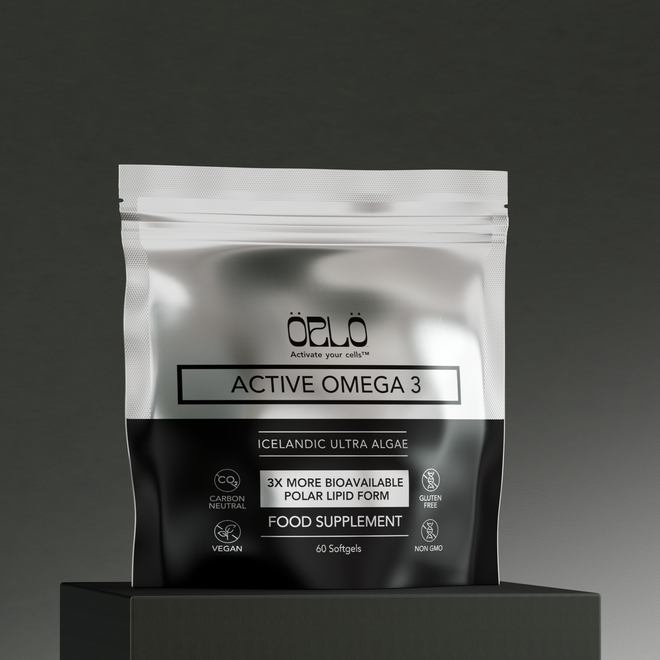
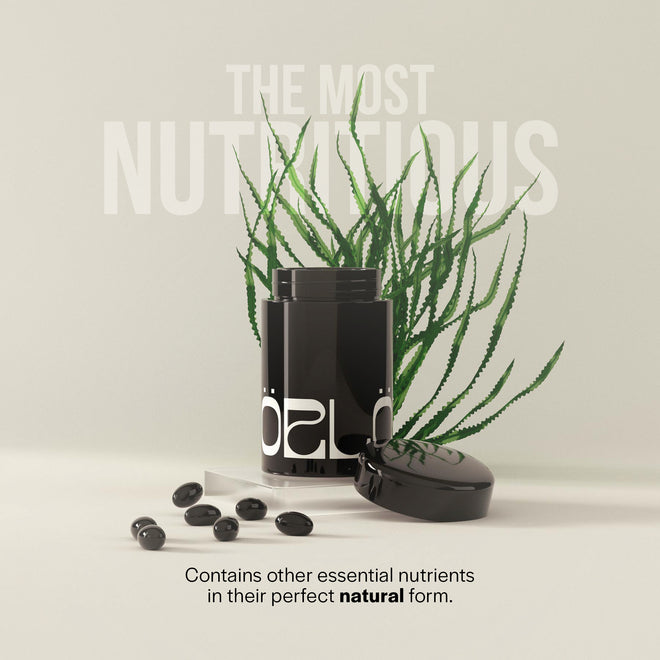
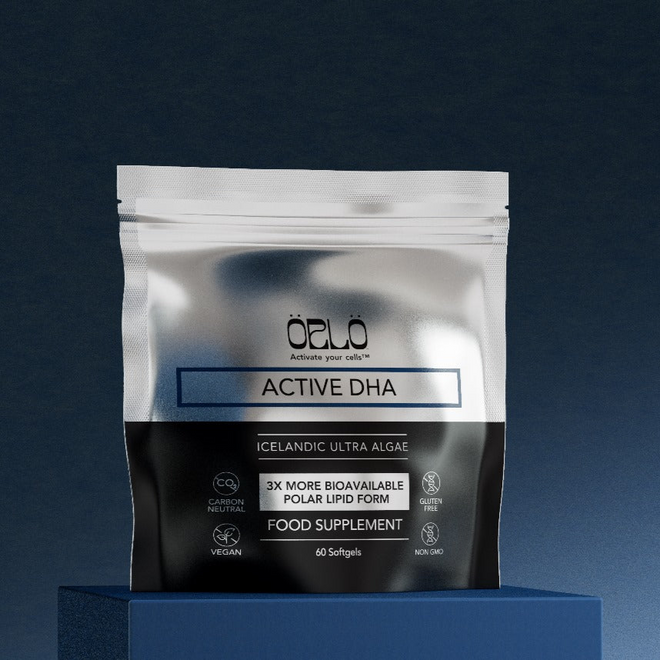
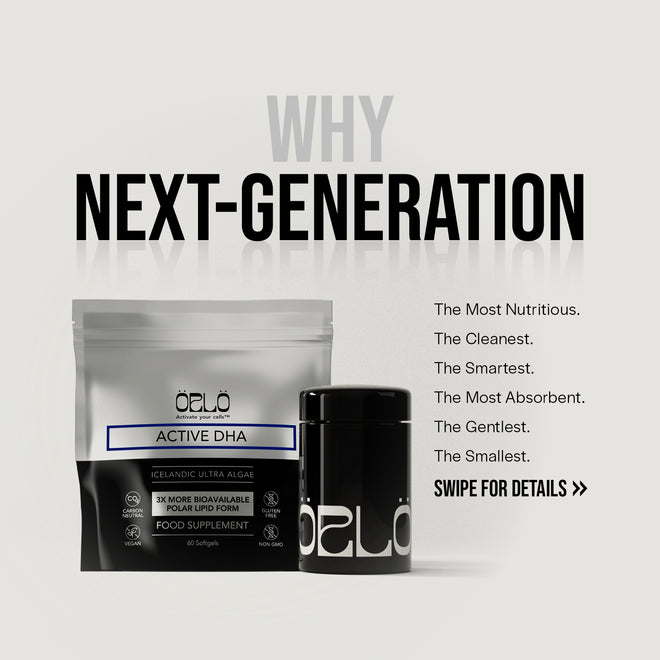
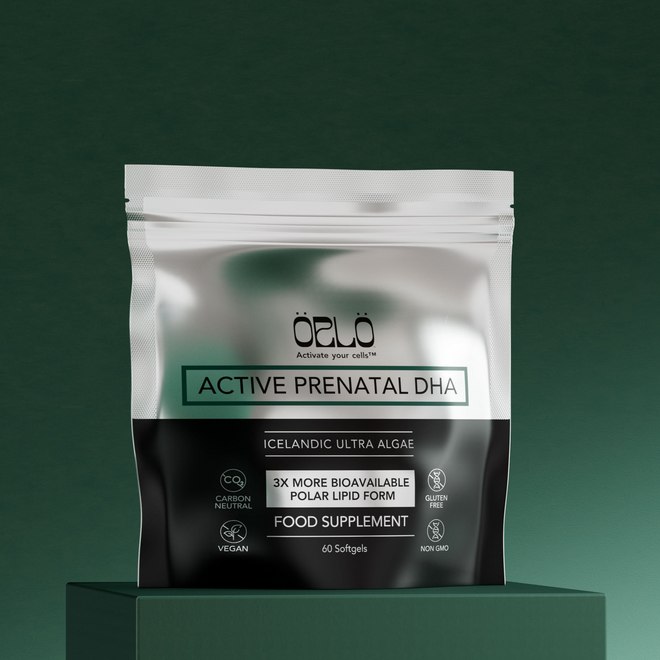
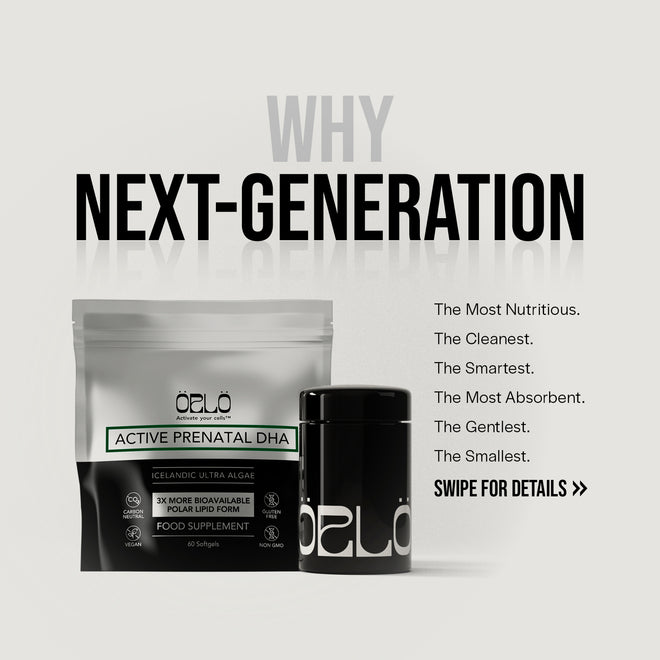
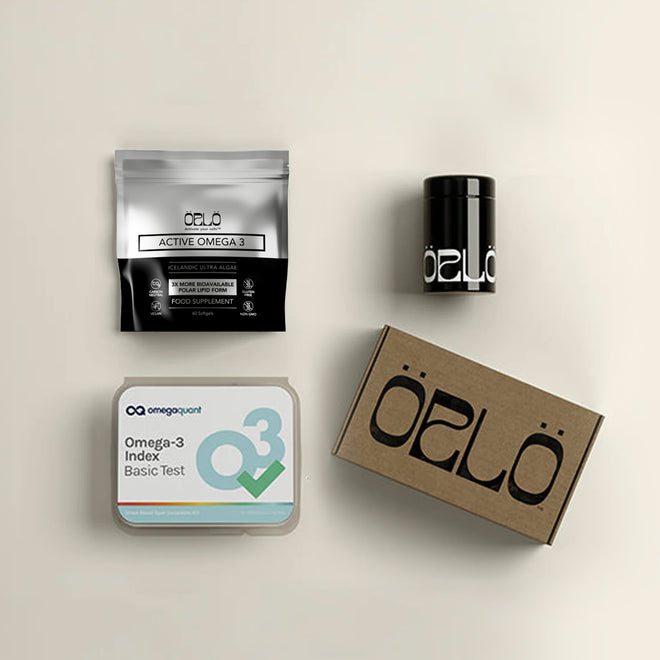
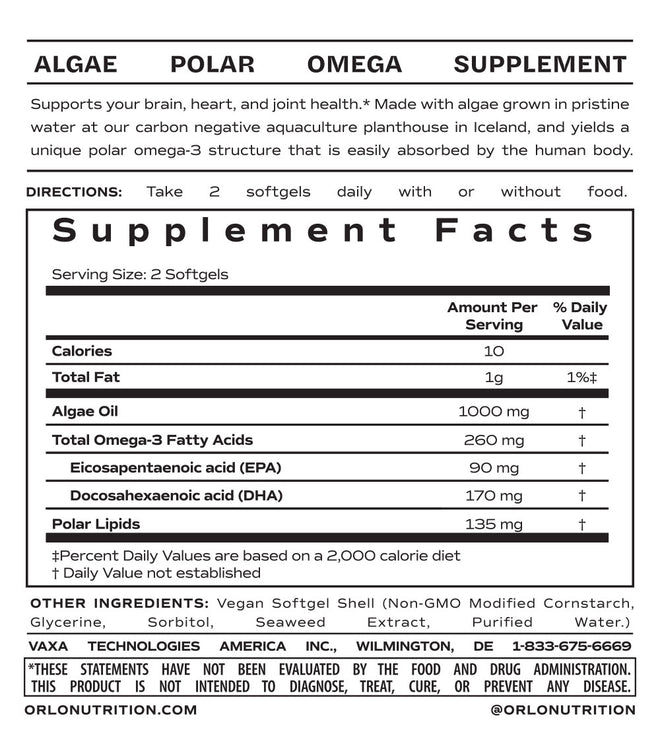
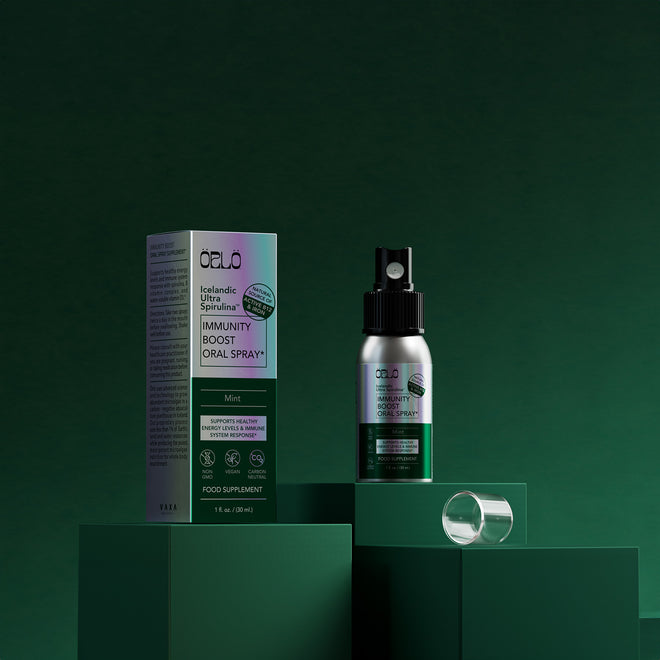
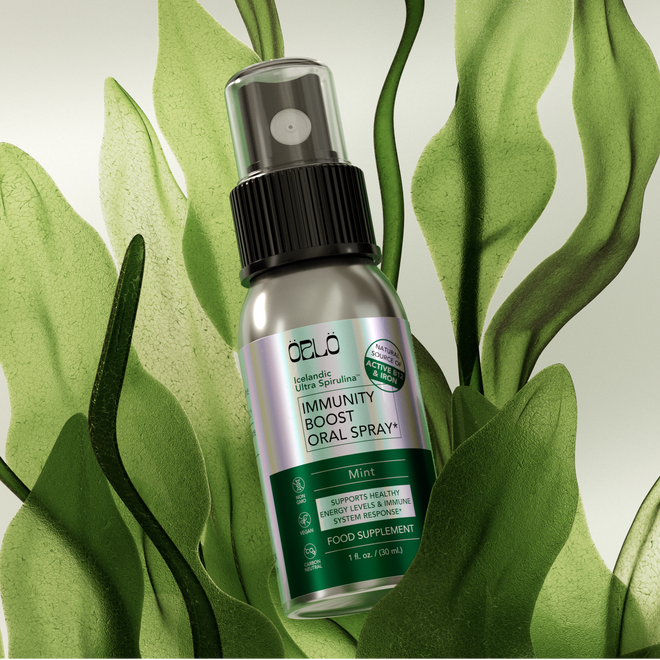
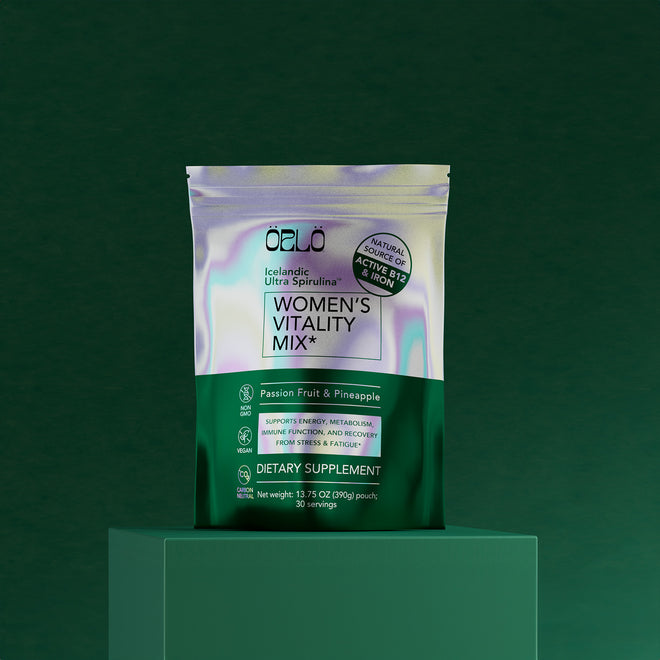
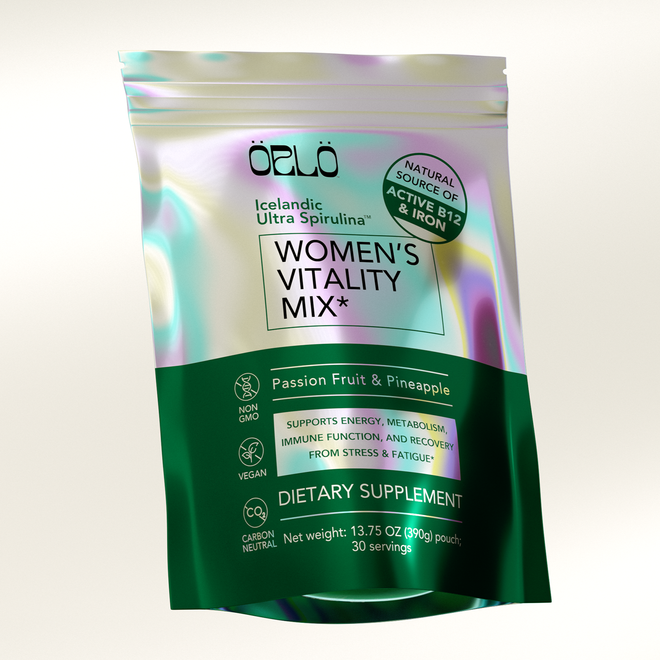
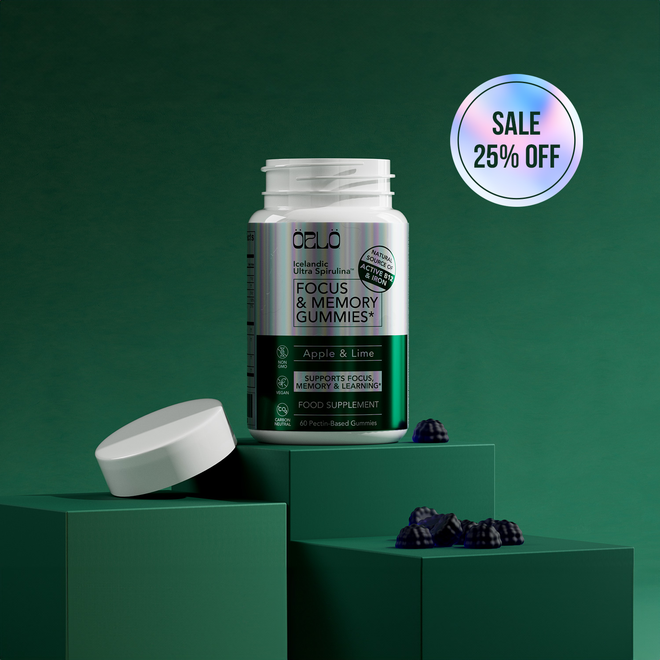
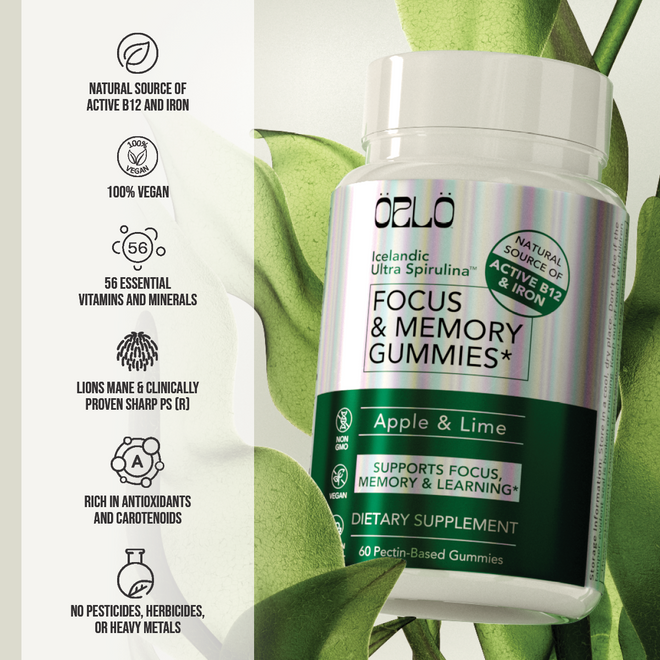
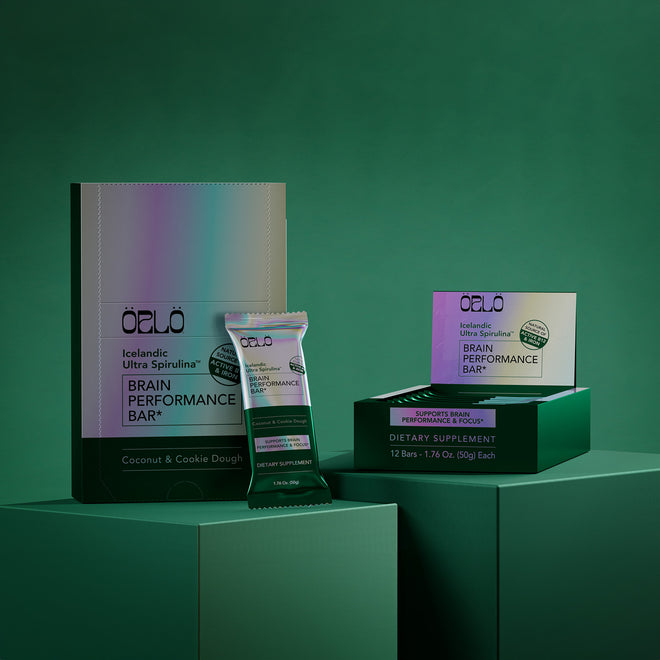
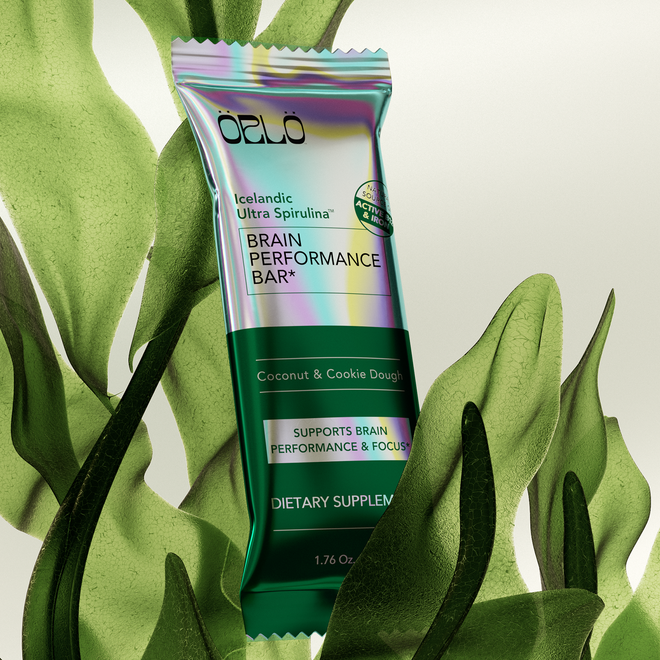
7 comments
Dr. Li, can you please tell us what kind of dark cocoa you prefer? I would like to start preparing it for my husband who has cancer, and drinking it, myself,, but am finding negative comments on just about every brand I see on Amazon. I don’t know what to buy. Thank you for your help in advance.
Are canned beans and canned tomatoes too processed to be healthy?
Thank you so much for helping me with a great diet, my health is improving……
Excellent education, my family is riddled with Cancer. Thank you for Hope and Guidance.
He’s so great — and very helpful. Thanks for your carefully honed expertese, fellow chocolate appreciator!!